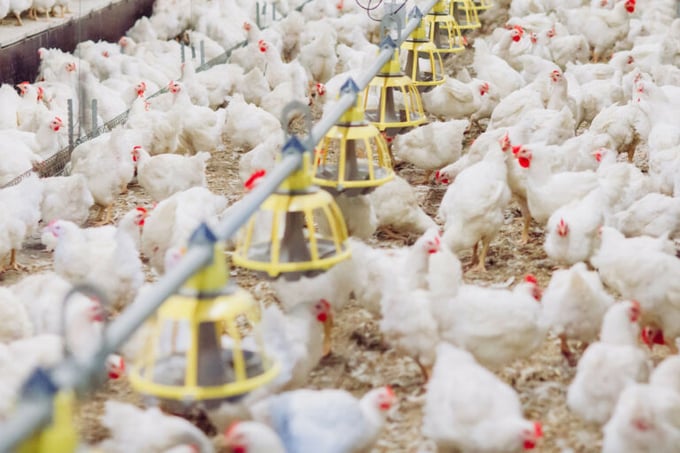November 27, 2025 | 16:09 GMT +7
November 27, 2025 | 16:09 GMT +7
Hotline: 0913.378.918
November 27, 2025 | 16:09 GMT +7
Hotline: 0913.378.918

The National Farmers Union has been actively involved in the review process to ensure the updated emission factors are both practical and evidence-based. Photo: Canva.
The changes, informed by recent scientific research, are vital for pollution reporting and permitting processes and aim to bring the emission factors in line with modern practices, aiding compliance with environmental standards.
Reflect current livestock systems
Ammonia emissions are primarily estimated using emission factors, but many of these factors are based on studies conducted more than 2 decades ago. The new updated emission factors are meant to reflect current livestock systems and account for mitigation methods and advancements in nutrition and genetics.
The updated figures are essential for permitted poultry and pig farms in several contexts:
The National Farmers’ Union said the updated emission factors are based on a comprehensive data review commissioned by the Environment Agency and conducted by ADAS and Rothamsted Research.
Farmers submitting permit or variation applications should now refer to these revised figures, which can be found here.
‘Practical and evidence-based’
The union has been actively involved in the review process to ensure the updated emission factors are both practical and evidence-based. It sought input from the NFU Poultry Board on draft emission factors and engaged with producers to gather feedback, identifying concerns or queries.
“We also highlighted technical issues, clarifying definitions of housing types, and ensuring justifications for changes in emission factors were transparent,” said the NFU.
The new factors should be used for pollution inventory reporting when the reporting window opens in January 2025. It is hoped that the factors will not only aid in compliance but also provide a more accurate representation of emissions reflecting the improvements in livestock practices and mitigation techniques.
(Poultryworld)

(VAN) A new study reveals how the simultaneous effects of ocean acidification, salinity and loss of oxygen are making the world more fragile.

(VAN) Hopes are growing that the creation of the first 3D turkey gut model could be a turning point in the battle against the virulent blackhead disease.

(VAN) Tyson, America’s biggest meat supplier, plans to shutter one of its largest beef processing plants as the industry continues to struggle with low cattle supplies and political pressure from Washington.

(VAN) New FAO study shows how digital solutions are empowering farmers and fishers to prevent losses and build resilient agrifood systems.

(VAN) Brazil's COP30 presidency pushed through a compromise climate deal on Saturday that would boost finance for poor nations coping with global warming but that omitted any mention of the fossil fuels driving it.

(VAN) Poultry farmers in the UK have been warned that they could face one of the worst winters yet for bird flu.

(VAN) Prices of main-crop paddy have risen sharply, with jasmine rice hitting 16,100 baht per tonne — the highest level in years.